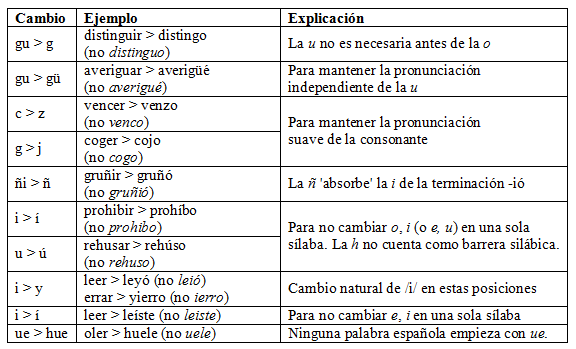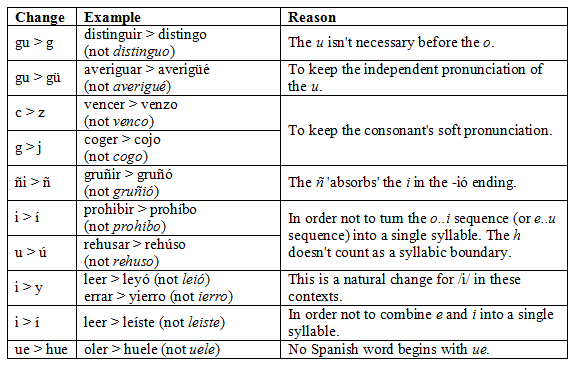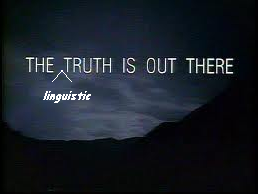[An observant reader pointed out that this post includes double vowels as well as double consonants. I really should have entitled the post “Double letters in Spanish” — but now it is, methinks, too late! I had consonants on the mind because the trigger for this post was coming across the word sabbat.]
If I had a dime for every time I crossed out an extra l from a student’s spelling of inteligente…well, I’d have a lot of dimes. Same for an extra l in mochila (undoubtedly influenced by English words like Godzilla and gorilla), or an extra s in profesora. Add in a few nickel penalties for students who pronounce leer like (King) Lear, and I could treat myself to lots of Starbucks.
These spelling and pronunciation errors are both triggered by a significant difference between Spanish and English spelling: in Spanish, almost every letter is pronounced. (Notable exceptions include the silent h (as in hola) and the u seen in qui, que, gui, and gue sequences, as in quiso, queso, guiso, and guerra.) This means that inteligente and mochila only need one l to represent the spoken /l/ sound, profesora only needs one s, and the two e‘s of leer must be pronounced individually. Double oo‘s exist also, as in cooperación, and again both vowels are pronounced.
This rule also explains why Spanish spelling preserves the double nn in words like perenne, connotar, and innato. According to the Real Academia Española (RAE) these words are pronounced with a long n. While some native speakers I’ve checked with say that they pronounce nn words as if they had a single n, you can certainly hear long pronunciations: for example, here.
My (2010) edition of the RAE’s Ortografía de la lengua española also refers to double bb‘s. I had never heard of this combination until I opened the book to check up on the nn words. Moreover, the RAE’s three examples — subbético, subbloque, and subboreal (see below) — are so obscure that they aren’t even listed in the RAE dictionary! (This tickles my funny bone.) So I’m not going to lose any sleep over them.

Also in keeping with this rule, Spanish simplifies most double letters in loanwords; the Ortografía gives the examples of driblar (from dribble), chófer (from chauffeur), and zigurat, inter alia.
Most remarkable, therefore, are the double letters that Spanish tolerates in certain loan words. Except as indicated, the following words with double letters (most from this Span¡ishDict comment) are in the RAE dictionary:
- sabbat ‘Sabbath’
- affaire
- sheriff
- reggae
- gamma
- zoo
- hippie (note adjectival form jipi)
- dossier
- gauss
- motocross
- topless (spelled with ss in WordReference.com but with single s in the RAE dictionary)
- vendetta
- watt
- jacuzzi
- jazz
- mozzarella
- paparazzi
- pizza
- puzzle (spelled with zz in WordReference.com but with single z in the RAE dictionary)
We all know that Spanish spelling is phonetic, but these exceptions make it a little less so.






